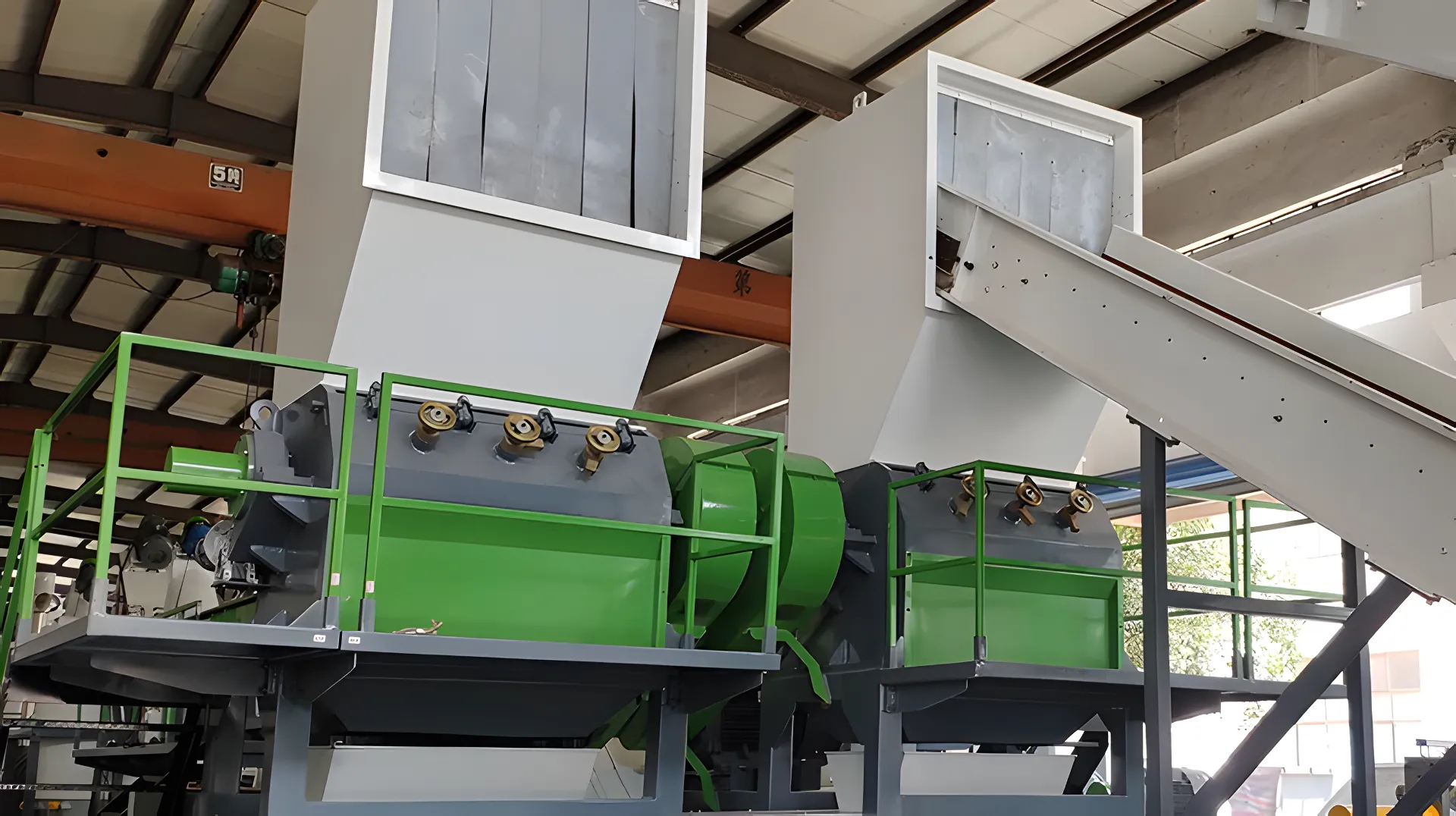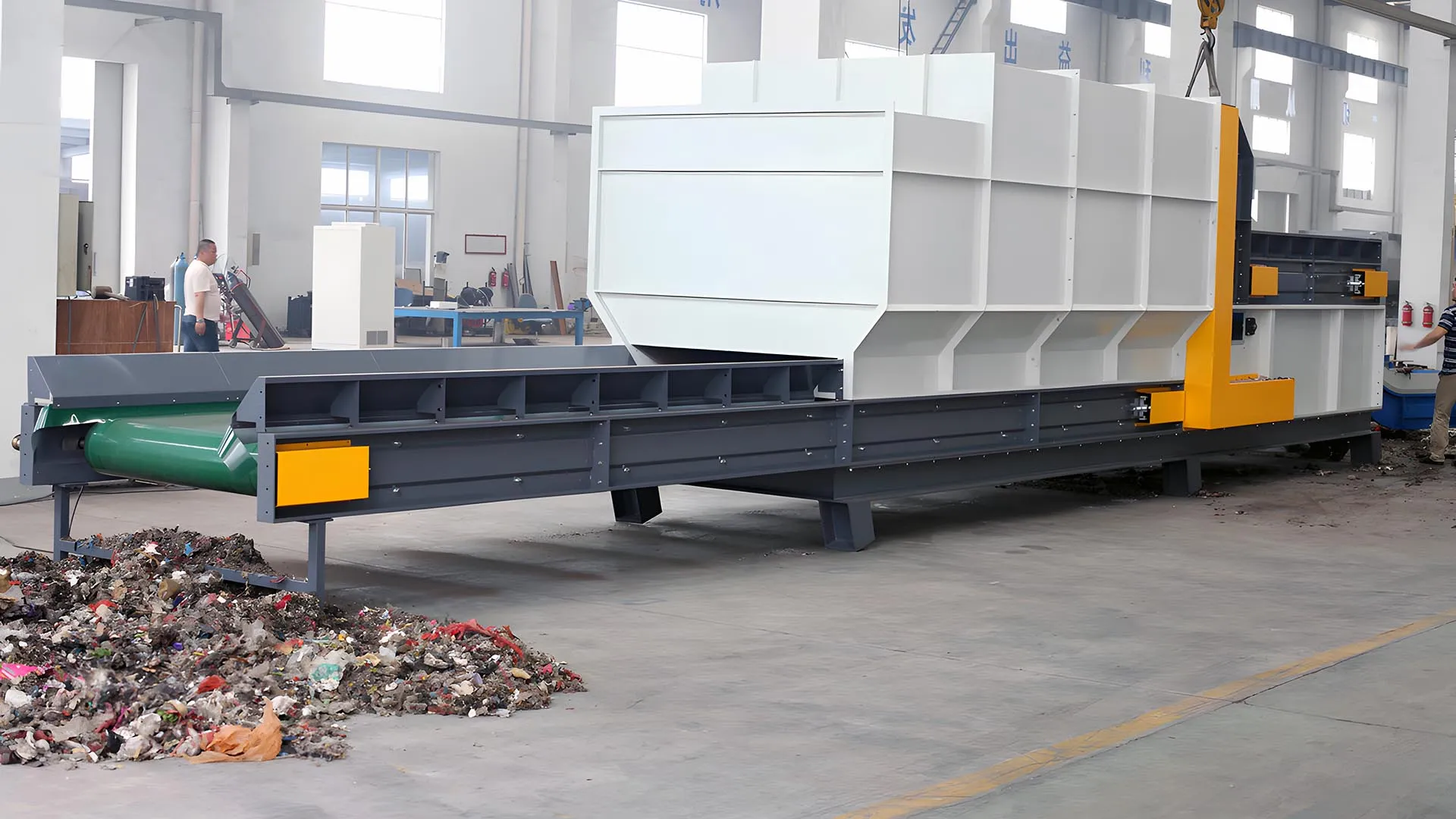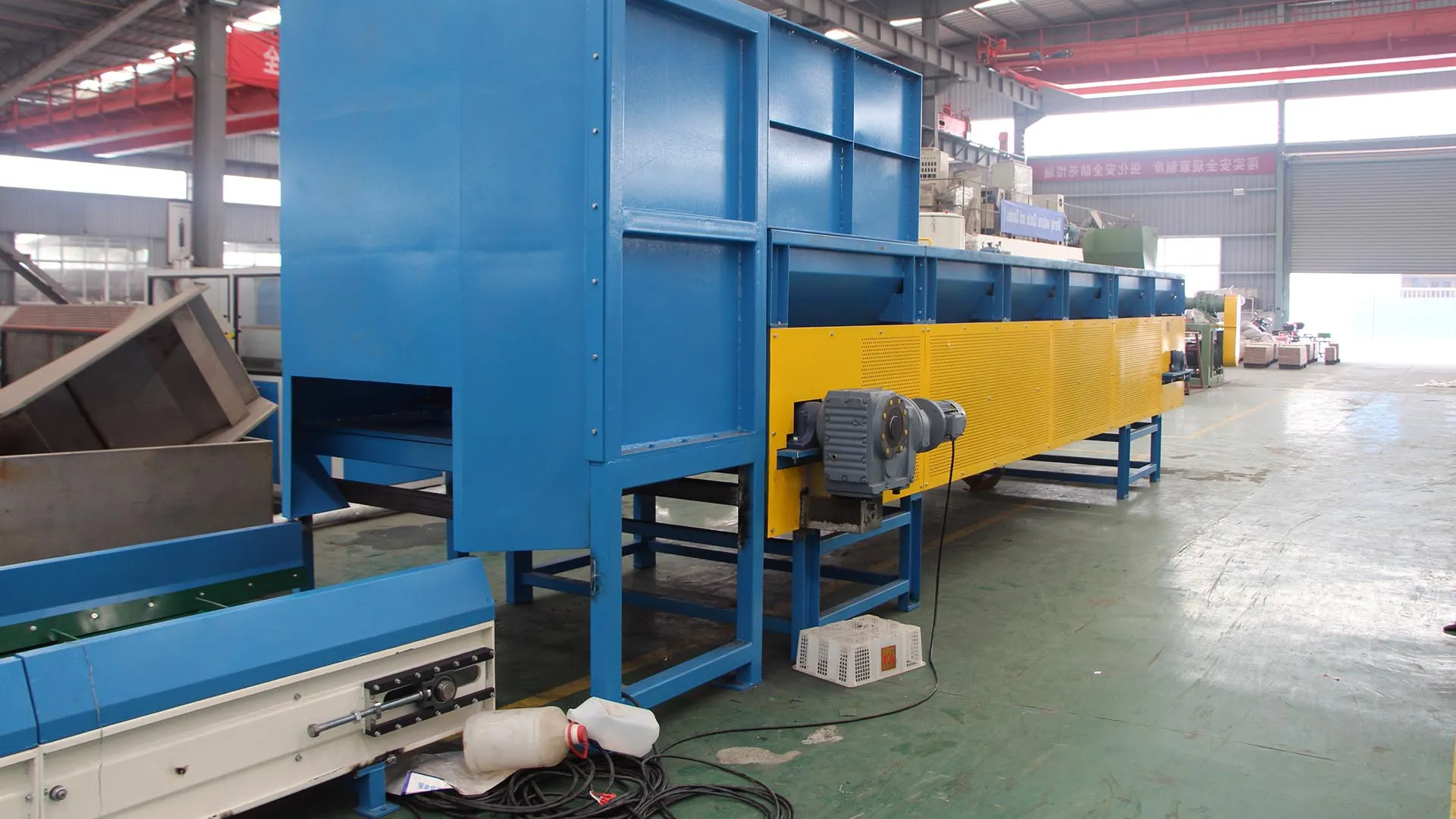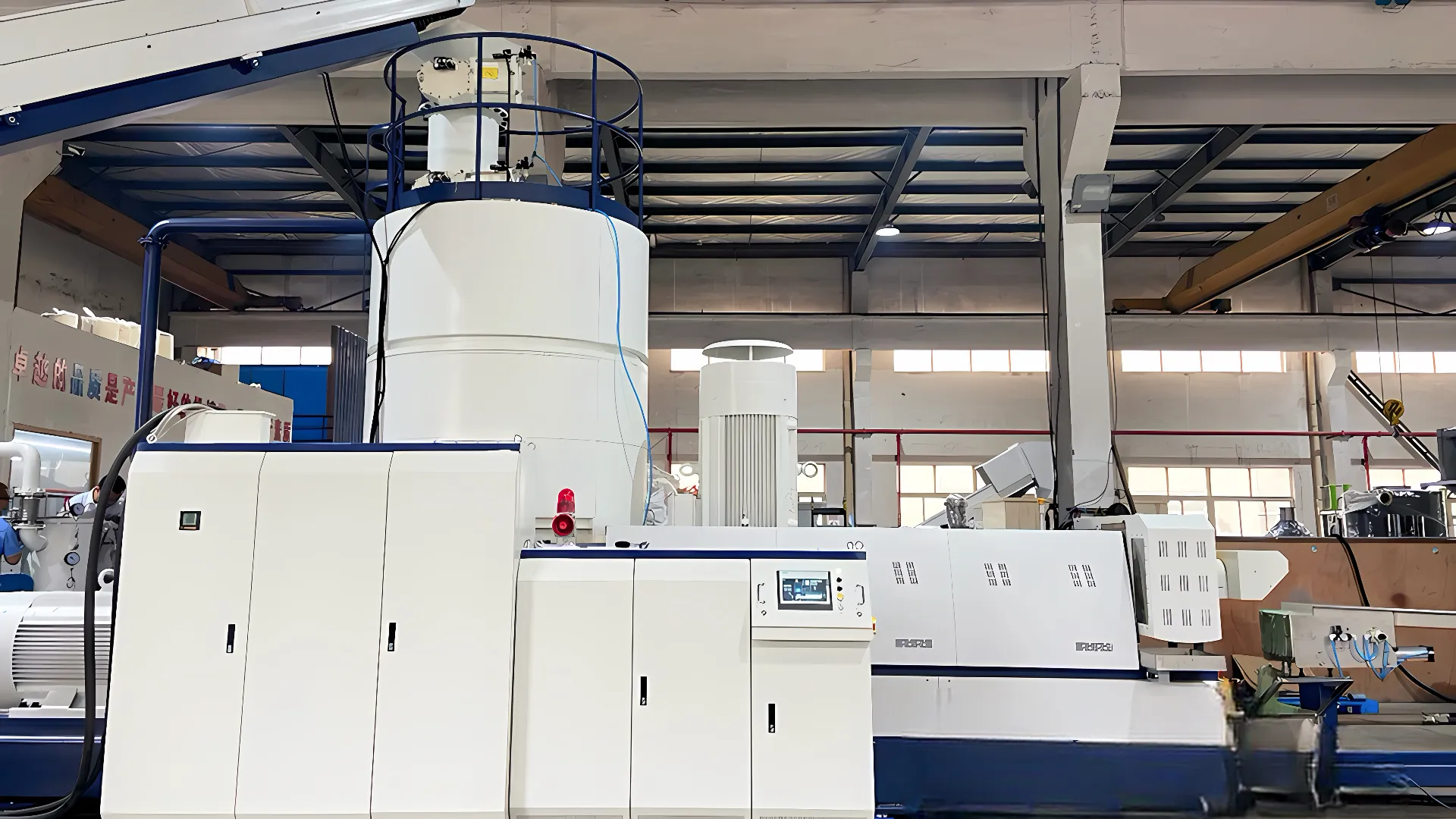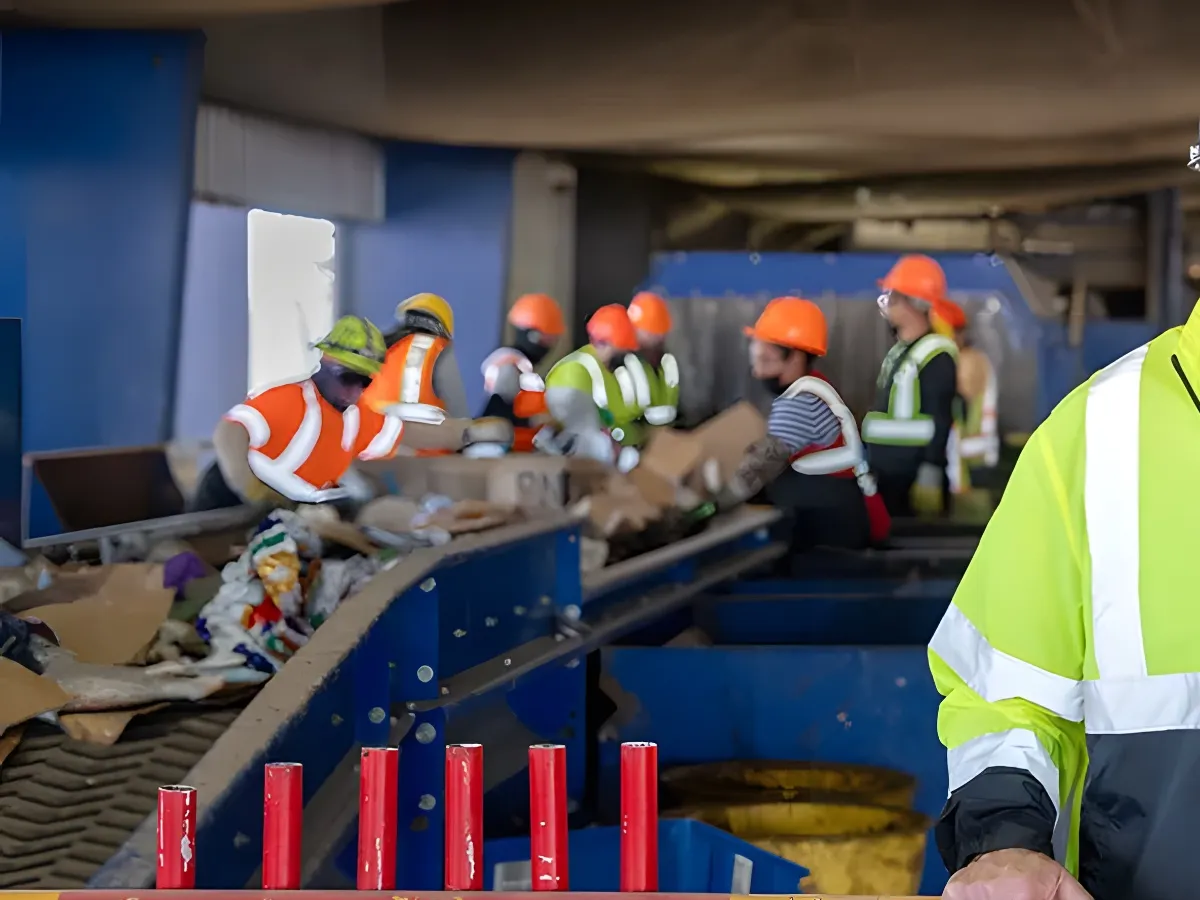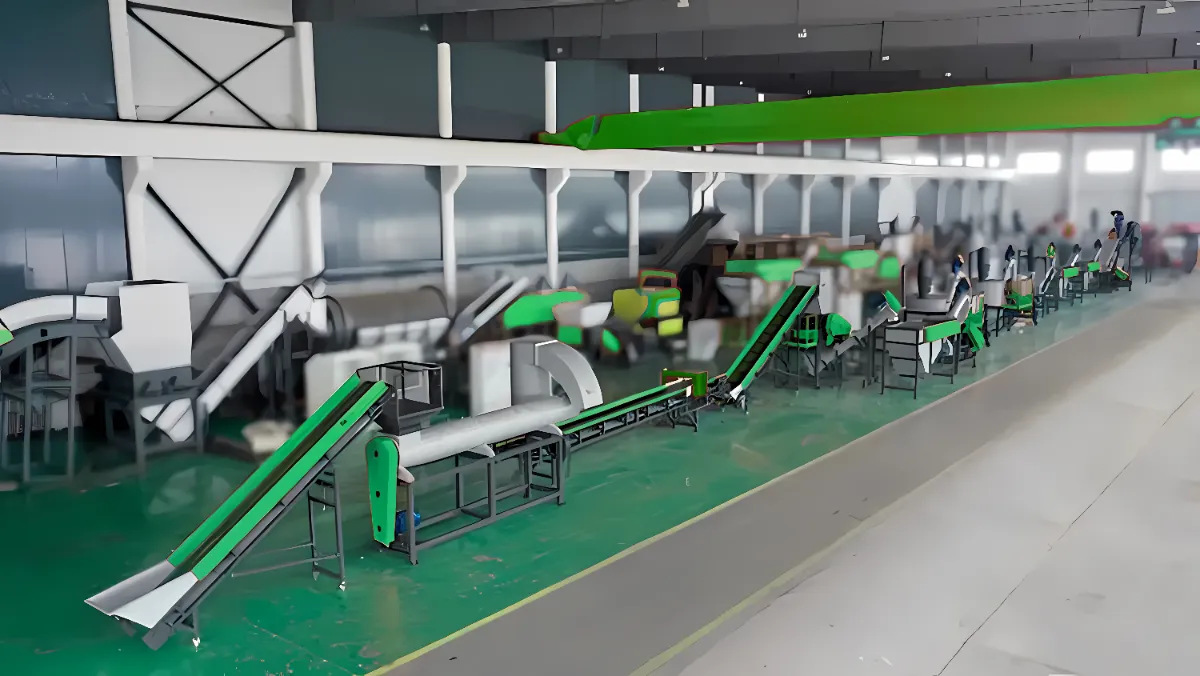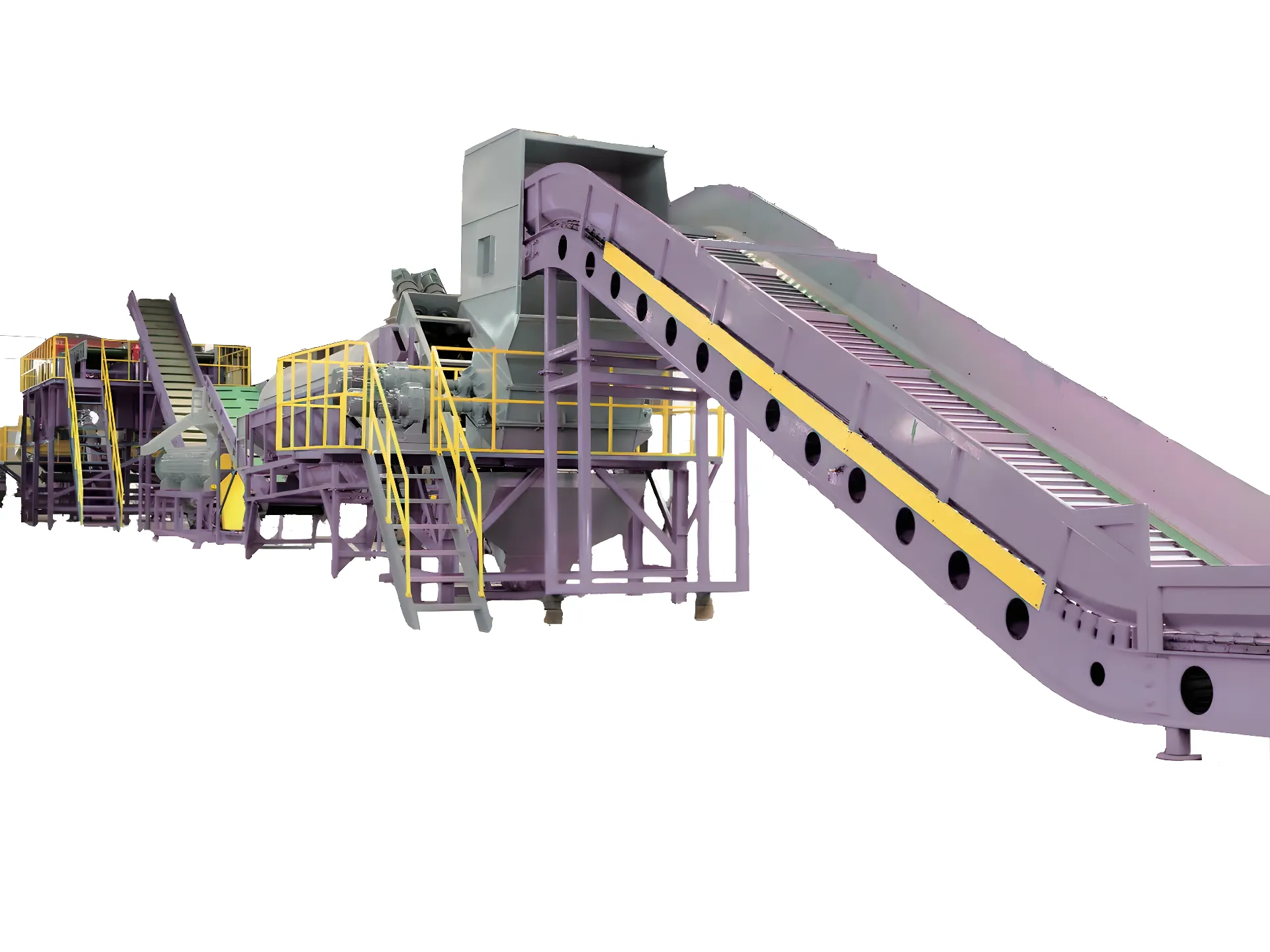How to Optimise Plastic Recycling in 2025
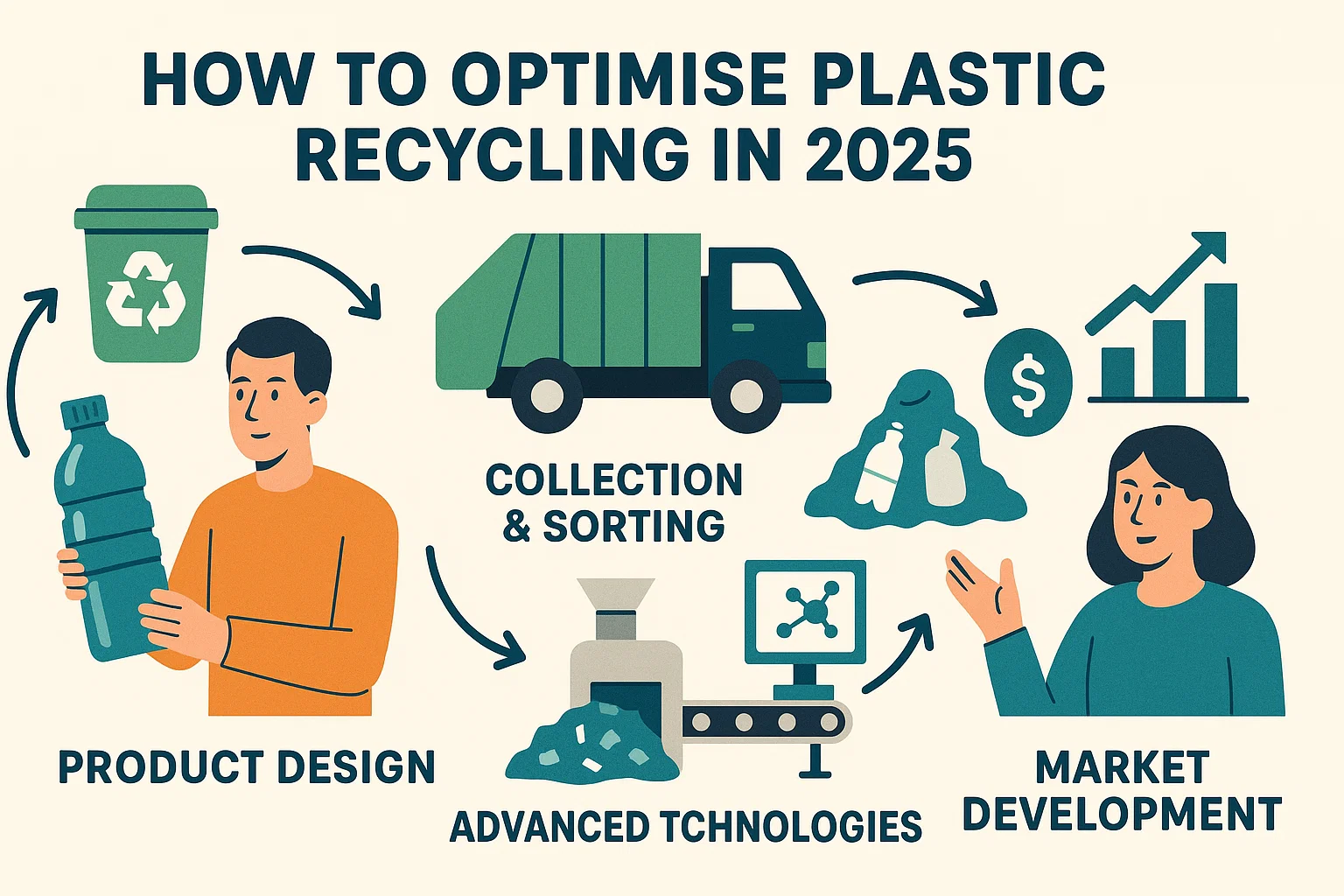
Introduction: The 2025 Imperative for Advanced Plastic Recycling The year 2025 is not just another date on the calendar; it represents a critical turning point for the global manufacturing and recycling industries. Driven by st...



